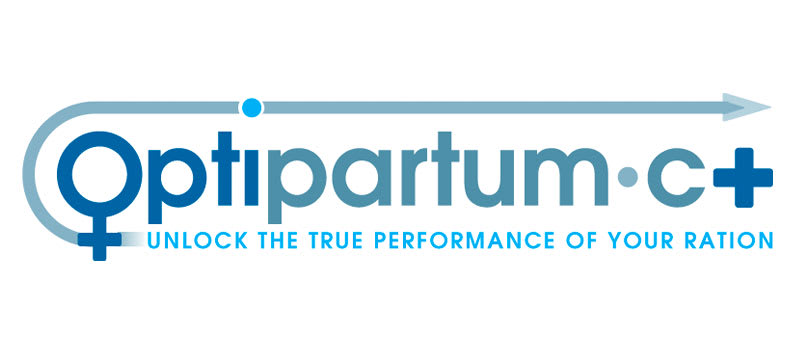How we have been wrong on the way fibre-degrading enzymes work
Published Monday, 28th October 2019Due to the complex nature of fibre, it has been thought that different kinds of enzyme activities are necessary to break down the different components of the plant cell wall. In a new video, AB Vista Research Director Dr Mike Bedford reveals a shift in thinking related to the three hypotheses commonly used to explain the mode of action of fibre-degrading enzymes – dispelling the cell wall theory as a principal mode of action. This could have a significant influence on the choices nutritionists make regarding enzyme selection.
Dr Bedford explores the viscosity, cell wall and prebiotic mechanisms, concluding that the prebiotic (‘signalling’) mechanism should be considered the most valuable in corn-soy diets.
The term ‘signalling’ refers to how oligosaccharides generated by fibre-degrading enzymes ’signal’ to bacteria in the gut, stimulating them to produce their own xylanases.
This process has a beneficial effect on fibre fermentation, both in poultry and swine – as Dr Bedford explains:
“This theory suggests that xylanase affects the microbiome, changing the concentrations of short chain fatty acids (SCFAs) in the large intestine in such a way that these SCFAs are feeding back to the stomach, telling it to slow down – resulting in a significant improvement in terms of protein digestion.”
With regard to the viscosity mechanism, Dr Bedford explains that, although viscosity remains a problem for grains such as wheat and barley, it plays a very small part of the response observed when using fibre-degrading enzymes in corn-soy diets – and so should not be considered a dominant mode of action within this scenario.
Dr Bedford concludes that the cell wall mechanism, which had been thought to play an important role, actually does not, explaining:
“When we look at how much enzyme and how much time is needed to break down these cell walls completely, it is far in excess of what we actually feed the animal in real-life conditions. As a result, we really don’t believe the cell wall mechanism plays much of a role, even in a corn soy diet.”
Detailing the implications of these conclusions for enzyme selection and feed formulation, Dr Bedford reveals:
“Central to the signalling hypothesis is the theory that an enzyme which can produce xylo-oligosaccharides will eventually improve the ability of the microbiome to digest the arabinoxylan fraction of the diet. This gives far greater benefits in terms of energy and signalling back to the stomach – thus, we believe that feeding the right xylanase that can produce the right signals will give you the best response in commercial feed today.”
It was this comprehensive body of research into fibre-breakdown products and the gut microbiome that catalysed the development of new dual action microbiome activator Signis. A unique combination of xylanase and selected fermentable xylo-oligosaccharides, the product speeds up the development of fibre-degrading bacteria in monogastric animals.
Investigations into fibre composition can provide valuable insights for producers who are keen to grasp a competitive advantage, Dr Bedford concludes:
“It is important for feed manufacturers, producers and nutritionists to examine the complex nature of fibre and best harness its intrinsic value in order to formulate a diet that optimises animal performance – and business profitability.”
FEATURED CONTENT
AB Vista launches online dietary fibre calculator to help nutritionists optimise animal diets
AB Vista supports customers’ sustainability programmes with emissions reporting service
Stimbiotic product Signis’ effectiveness in pig diets recognised in peer-reviewed research paper
Achieve greater feed cost savings whilst maintaining animal performance by targeting maximum nutrient utilisation
Sign up for AB Vista news
A regular summary of our key stories sent straight to your inbox.
SUBSCRIBE© AB Vista. All rights reserved 2023
Website T&Cs Privacy & Cookie Policy Terms & Conditions of Sale IDC Policy

























